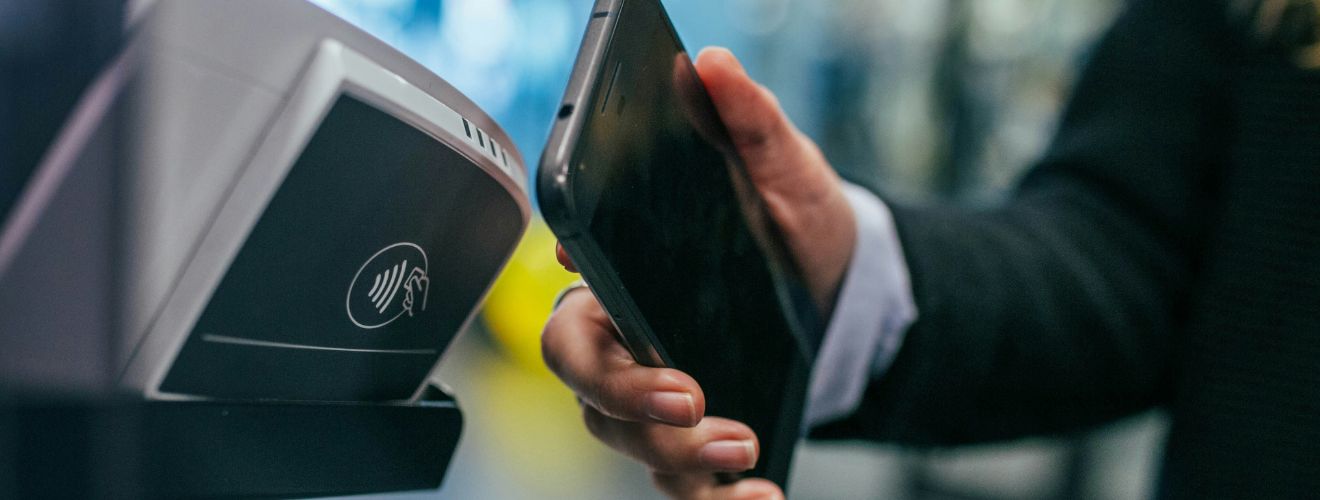FinTech
Innovations Driving the Growth of Contactless Payment Solutions Worldwide

The way people pay for goods and services has transformed dramatically in recent years. The global shift toward speed, security, and convenience has accelerated the adoption of contactless payment solutions, reshaping the financial landscape. From digital wallets to biometric verification, innovative technologies are making transactions faster, safer, and more inclusive, driving exponential growth in the contactless payments market worldwide.
Also Read: How Fintech Innovation is Powering Seamless Digital Payments
The Rise of a Cashless World
The demand for contactless payment solutions has surged due to a combination of factors, technological advancements, changing consumer behavior, and the global push for hygiene and safety. The COVID-19 pandemic further fueled this shift, as both consumers and businesses sought touch-free alternatives to traditional payment methods. Today, “tap-and-go” payments have become more than a convenience; they represent a new standard of commerce.
The appeal of contactless technology lies in its ability to combine speed and security. Whether through near-field communication (NFC), QR codes, or wearable devices, these systems minimize physical contact and reduce transaction times. As a result, both retailers and customers benefit from smoother, faster checkouts and reduced operational bottlenecks.
Key Innovations Powering Contactless Payment Solutions
Mobile Wallet Integration
Mobile wallets such as Apple Pay, Google Pay, and Samsung Pay have revolutionized how consumers interact with money. By securely storing card information on smartphones, these wallets allow users to make quick payments with just a tap. Beyond convenience, they integrate advanced security features like tokenization and biometric authentication, offering enhanced protection against fraud.
Wearable Payment Devices
Smartwatches, fitness bands, and even rings are now doubling as payment devices. The rise of wearable tech has taken contactless payments beyond smartphones, offering users effortless access to financial transactions while on the go. This innovation has been especially embraced by younger generations and tech-savvy professionals who value both functionality and style.
QR Code Payments
In emerging markets, QR code payments have become a cornerstone of financial inclusion. Simple, affordable, and easy to deploy, they allow even small businesses to accept digital payments without expensive hardware. Platforms like Alipay, Paytm, and WeChat Pay have popularized QR-based transactions, making cashless payments accessible to millions globally.
Biometric Authentication
Security remains a top priority in digital transactions, and biometric technology has become a trusted solution. Fingerprint scanning, facial recognition, and voice identification now enable frictionless yet highly secure payments. These methods not only enhance user confidence but also reduce dependency on passwords or PINs, which are more vulnerable to breaches.
Blockchain and Tokenization
Blockchain technology and tokenization are revolutionizing how payment data is managed and protected. Tokenization replaces sensitive card details with random identifiers, ensuring that data cannot be used if intercepted. Meanwhile, blockchain offers transparency and decentralization, paving the way for faster cross-border payments and reduced fraud risks.
Global Impact and Market Expansion
The global adoption of contactless payment solutions is expanding rapidly. According to market forecasts, contactless transactions are expected to account for the majority of in-person payments in the next few years. From Europe to Asia-Pacific, governments and financial institutions are promoting cashless ecosystems through incentives, infrastructure investments, and regulatory support.
In developing regions, contactless payments are helping bridge the gap between the unbanked population and formal financial systems. By simplifying access to digital financial services, these innovations are fostering greater economic participation and inclusion.
The Future of Contactless Payments
The next frontier for contactless payments lies in artificial intelligence, Internet of Things (IoT), and 5G connectivity. As devices become more connected and intelligent, payment processes will grow even more seamless. Smart cars that pay for fuel automatically or voice-activated transactions through virtual assistants are no longer futuristic concepts; they are becoming everyday realities.
Businesses that embrace these innovations will not only enhance customer experience but also gain a competitive edge in a rapidly evolving market.
Also Read: Decentralized FinTech: Can Web3 Replace Traditional Banking?
Conclusion
Contactless payment solutions have evolved from a convenience to a necessity in the modern digital economy. Through innovations in mobile technology, biometrics, blockchain, and AI, the future of payments is becoming faster, safer, and more inclusive. As adoption continues to accelerate worldwide, businesses and consumers alike stand to benefit from a more efficient, connected, and cashless future.
Tags:
Contactless PaymentsFin Tech StartupsMobile BankingPersonal Finance AppsAuthor - Imran Khan
Imran Khan is a seasoned writer with a wealth of experience spanning over six years. His professional journey has taken him across diverse industries, allowing him to craft content for a wide array of businesses. Imran's writing is deeply rooted in a profound desire to assist individuals in attaining their aspirations. Whether it's through dispensing actionable insights or weaving inspirational narratives, he is dedicated to empowering his readers on their journey toward self-improvement and personal growth.